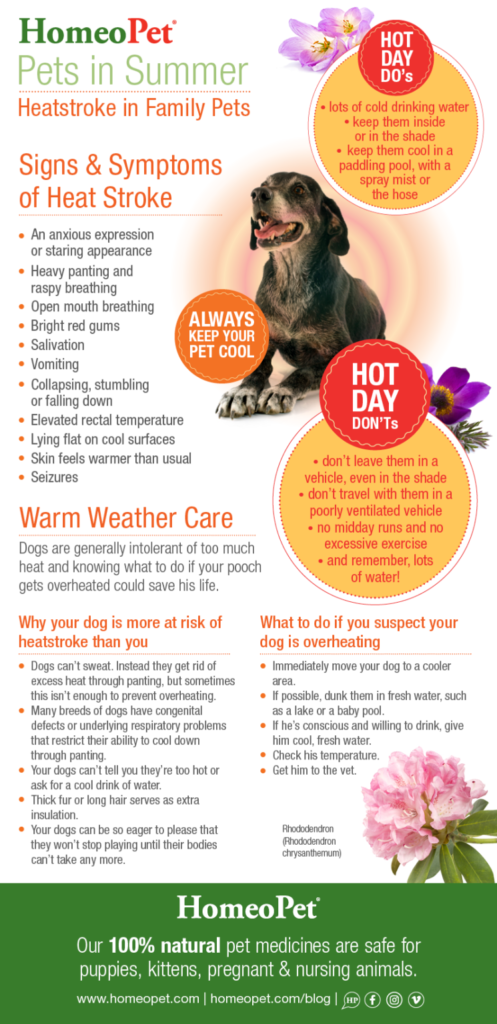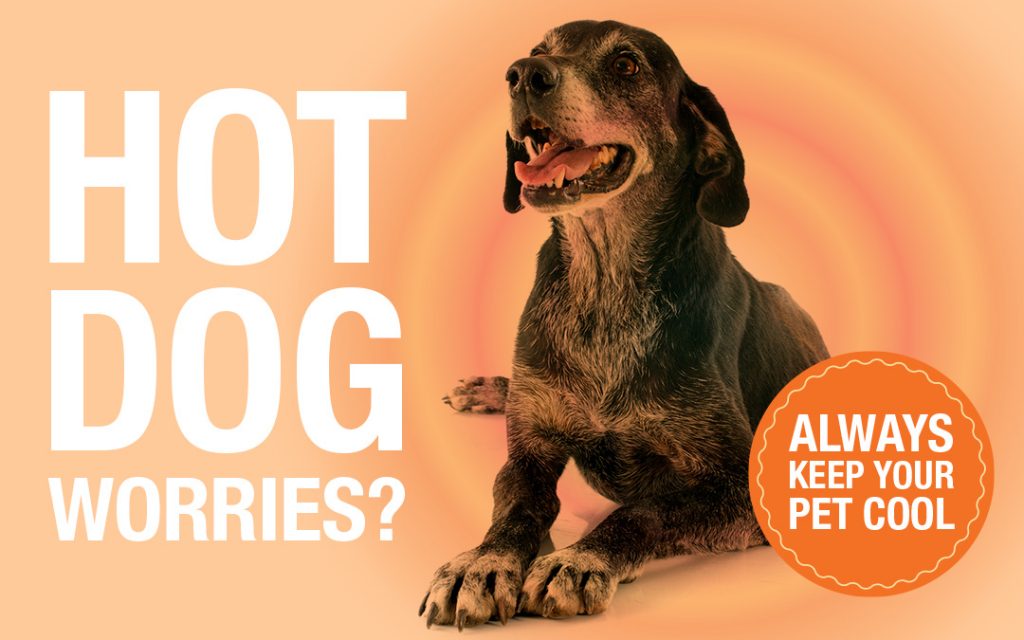Animal Welfare
Caring For Pets In Hot Weather
Heat Stroke In Family Pets
Overheating in your pet is not something to take lightly. As the weather heats up, it’s important to remain aware of how the heat affects your animals as heat exhaustion can lead to serious and potentially fatal conditions such as heat stroke and cardiac arrest.
Why your dog is more at risk of heatstroke than you
- Dogs don’t sweat out excess body heat. Instead they get rid of excess heat through panting. But sometimes this isn’t enough to prevent overheating.
- Many breeds of dogs have congenital defects or underlying respiratory problems that further restrict their ability to cool down through panting.
- Your dogs can’t tell you they’re too hot or ask for a cool drink of water.
- Thick fur or long hair serves as extra insulation and can prevent some of that heat from getting to the skin to be released.
- Your dogs can be so eager to please that they won’t stop playing until their bodies can’t take any more.
Symptoms of heat stroke
- An anxious expression or staring appearance
- Heavy panting and raspy breathing
- Open mouth breathing
- Bright red gums
- Salivation
- Vomiting
- Collapsing, stumbling or falling down
- Elevated rectal temperature
- Lying flat on cool surfaces
- Skin feels warmer than usual
- Seizures
What to do if you suspect your dog is overheating
- Immediately move your dog to a cooler area, either indoors where there is air conditioning or in the shade under a fan.
- If you’re near a body of fresh water, such as a lake or a baby pool, let your dog take a dip to cool down. Another option is use cool, wet cloths or towels to help him out.
- If he’s conscious and willing to drink, give him cool, fresh water.
- Check his temperature – heat exhaustion typically occurs when a dog’s temperature is 103 – 106 degrees, where a temperature above 106 places him at risk for heat stroke. If he’s in the danger zone, call your veterinarian.
- Get him to the vet. If you haven’t already done so, call ahead so they can be ready to take immediate action as soon as you arrive. During the journey keep your air conditioning on or your windows down to keep your pet cool.
Hot Day Do’s
- Provide two bowls of water (in case of spillage) and add ice cubes
- Keep your pet inside or in a shady area
- Let them cool off in a paddling pool
- Spray regularly with a cool mist
- Wet them with a hose if they are panting heavily
Hot Day Don’ts
- Don’t leave your pet in your vehicle, even in the shade
- Don’t travel with your pet in a poorly ventilated vehicle
- Don’t take your pet for a long run in the middle of the day
- Don’t allow your pet to exercise excessively
- Don’t forget to provide plenty of fresh water

To download a PDF version of this info sheet on caring for your pet in hot weather, click here.





